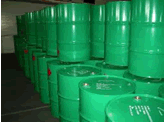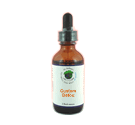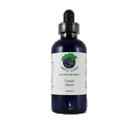|
|
Hexane
 |
Hexane (n-Hexane) is a chemical made from crude oil. Most of the hexane used in the industry is mixed with similar chemicals in products known as solvents. The major use for solvents containing hexane is to extract vegetable oils from crops such as soybeans. Because cooking oils are processed with solvents containing hexane, very small amounts may be present in these products. They are also used as cleaning agents in the printing, textile, furniture and shoemaking industries. Certain kinds of special glues used in the roofing and the shoe and leather industries also contain hexane. Gasoline contains about 1-3% hexane, so it is released into the air at service stations and in automobile exhaust. Hexane is also present in rubber cement.
The U.S. Department of Health and Human Services Household Products Database lists 54 products that contain n-hexane. Half of these products also contain solvents that increase n-hexane nerve damage. The majority of these products are used for home maintenance and arts and crafts, including spray adhesives, contact cement paints and stain remover. Nine are automotive products, such as brake cleaners and spray degreasers for automotive repair. Many consumers purchase and use these products without being aware of the health risks. Hexane is easily inhaled and can be absorbed through the skin.
Some occupational groups that may be exposed to hexane include: refinery workers, shoe and footwear assembly workers, laboratory technicians, workers operating or repairing typesetting and printing machinery, construction workers, carpet layers, carpenters, auto mechanics and gas station employees, workers in plants manufacturing tires or inner tubes, and workers in air transport and air freight operations.
Short term exposure to hexane affects the brain and can cause headaches, dizziness, confusion, nausea, clumsiness, drowsiness and other effects similar to drunkenness. Effects on the brain can be long-lasting and possibly permanent if exposures are high and recur frequently. Repeated exposure to hexane over weeks or months can damage nerves in the feet, legs, hands and arms, causing numbness and tingling – a condition known as peripheral neuropathy. Other symptoms may include a reduced ability to sense touch, pain, vibration and temperature. Muscles may become weak, and in severe cases, may shrink, waste or become paralyzed. When n-hexane is combined with other solvents, such as acetone and methyl ethyl ketone, nerve damage is increased.
|
|
| |
Hexane Detox Remedy
Detoxification of all Hexane poisons and related complications
$14.95
|
 Add
To Cart Add
To Cart |
 |
 |
Liquid Detox
Help that itch, burn, rash, infection.
$39.95
|
 Add
To Cart Add
To Cart |
 |
 |
Insecticides Detox Remedy
Detoxification of all Insecticides poisons and related complications
$14.95
Read/Write Reviews
|
 Add
To Cart Add
To Cart |
 |
 |
|
|
 Arthropod/Vector
Bacteria
Chemicals
Fungus /Mold
/ Yeast Metals Parasites Virus Other
Arthropod/Vector
Bacteria
Chemicals
Fungus /Mold
/ Yeast Metals Parasites Virus Other



